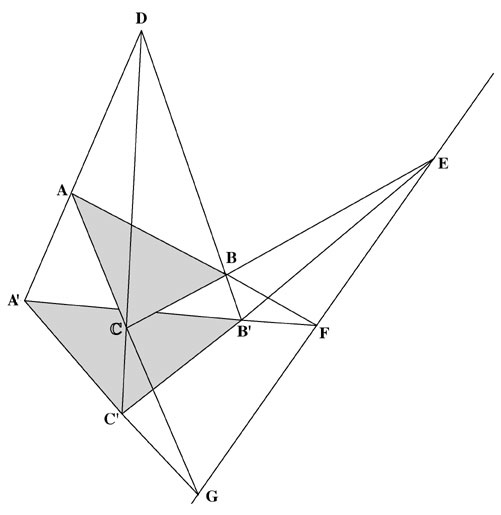I like the Connectedness argument, which follows straight from the axioms of a topology. A topological space
$\left(\mathbf{X},\,\mathcal{T}\right)$ is connected iff $\mathbf{X}$ and $\emptyset$ are the only members of $\mathcal{T}$
which are both open and closed at once. $\mathbf{A} \subset \mathbf{X}$ is both open and closed iff its complement
$\mathbf{X} \sim \mathbf{A}$ is also both open and closed, thus
$\mathbf{X} = \mathbf{A} \bigcup \left(\mathbf{X} \sim \mathbf{A}\right)$ is not a union of disjoint open sets
iff either $\mathbf{A} = \emptyset$ or $\mathbf{A} = \mathbf{X}$.
It is main idea in "the" (I don't know of any others) proof that a connected topological group
$\left(\mathfrak{G},\,\bullet\right)$ is generated by any neighbourhood $\mathbf{N}$ of the group's identity
$e$, i.e. $\mathfrak{G} = \bigcup\limits_{k=1}^\infty \mathbf{N}^k$. Intuitively: you can't have a valid
"neighbourhood" in the connected topological space without its containing "enough inverses" of its members to
generate the whole group in this way.
For completeness, the proof runs: We consider the entity $\mathbf{Y} = \bigcup\limits_{k=1}^\infty \mathbf{N}^k$.
For any $\gamma \in \mathbf{Y}$ the map $f_{\gamma} : \mathbf{Y} \to \mathbf{Y}; f_{\gamma}(x) = \gamma^{-1} x$ is
continuous, thus $f_{\gamma}^{-1}\left(\mathbf{N}\right) = \gamma \, \mathbf{N}$ contains an open neighbourhood
$\mathbf{O}_{\gamma} \subseteq \mathbf{N}$ of $\gamma$, thus
$\mathbf{Z} = \bigcup\limits_{\gamma \in \mathbf{Y}} \mathbf{O}_{\gamma}$ is open. Certainly
$\mathbf{Y} \subseteq \mathbf{Z}$, but, since $\mathbf{Y}$ is the collection of all products of a finite number of
members of $\mathbf{N}$, we have $\mathbf{Z} \subseteq \mathbf{Y}$, thus $\mathbf{Z} = \mathbf{Y}$ is open. If we
repeat the above reasoning for members of the set $\mathbf{X} \sim \mathbf{Y}$, we find that the complement of
$\mathbf{Y}$ is also open, thus $\mathbf{Y}$, being both open and closed, must be the whole (connected) space $\mathfrak{G}$.
The above is one of my favourite proofs of all time, up there in my favourite thoughts with Beethoven's ninth and
Bangles "Walk Like an Egyptian" (or anything by Captain Sensible) and it all hinges on the connectedness argument. It
is extremely simple, (not trivial, so it itself doesn't count for the Wiki, sadly) and its result unexpected
and interesting: you can't define a neighbourhood without including enough inverses. This is an example of
"homogeneity" at work: throwing the group axioms into another set of axioms makes a strong brew and tends to be
the mathematical analogue of turfing a kilogram chunk of native sodium into a bucket of water: the group operation
tends to clone structure throughout the whole space, thus not many axiom systems can withstand this assault by this
cloning process and be consistent. When all the bubbling, fizzing, toiling and trouble is over, only very special systems can be
left, thus all kinds of unforeseen results are forced by homogeneity, and the above is a very excitingly typical one.

